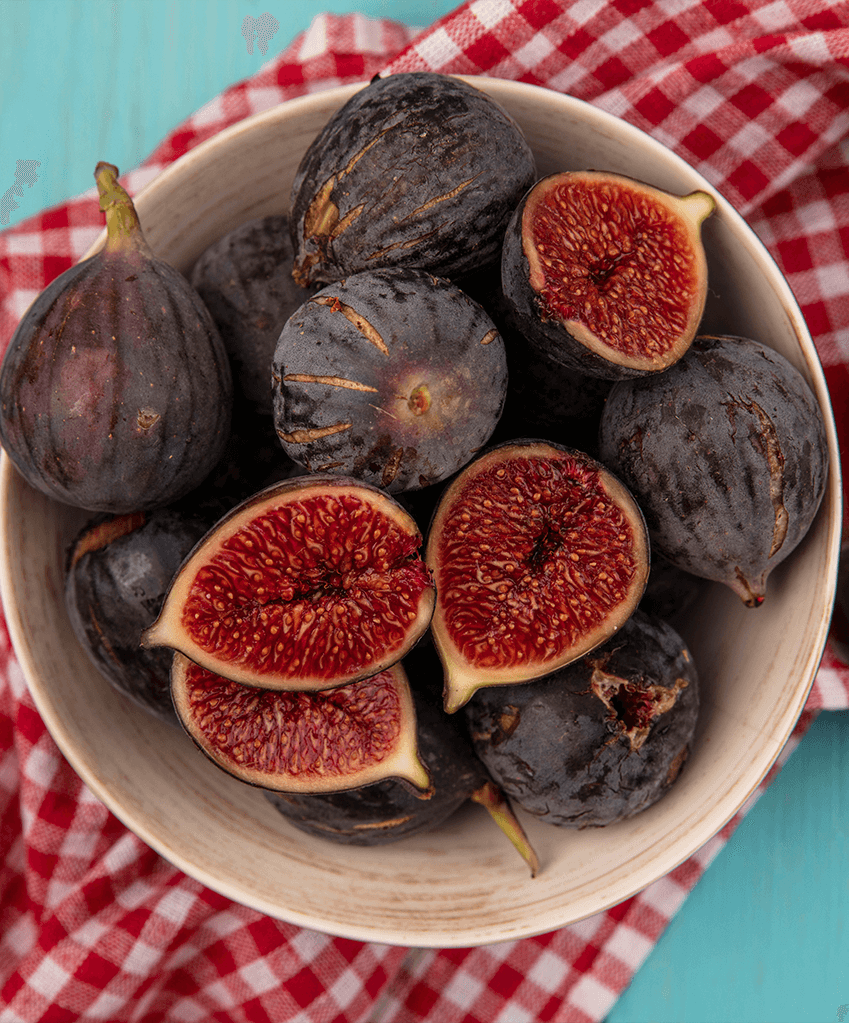- +033 2572 7171
- info@dhanvantary.com

4.5 Rating | 4500 Review

4.5 Rating | 4500 Review
Ficus Carica is also known as anjeer in Hindi and common fig in English, it usually grows in hot, dry, and slightly cold climatic conditions like Egypt, Morocco, Spain, Brazil, and California. This can be taken in any form like it can be added as the dry fruit in your daily diet and even also in fresh forms. Only fruit can be consumed from this herb, this herb is a kind of tree that is 15 to 30 ft long and is highly dense in nature. Its fruits are edible in nature and are fleshy and hollow, it is natively found in the southwestern part of Asia that has been spread to Europe and other parts of the world.

This tree plays a major role in Indian Mythology because here, it is used in holy times to worship. It has had various medicinal and nutritional medicines for a long time. Anjeer is a plant-based fruit that grows on the Ficus tree, Anjeer has some peculiar taste like it is sweet along with it is stringy too, Anjeer can work on Diabetes Mellitus and can control the hormonal secretion with its anti-inflammatory and inhibitory actions. Anjeer is good for its laxative properties, this helps to eliminate constipation and promotes the defecation process, it has increased the content of dietary fibres. Its therapeutic properties are used to manage various types of diseases and this all is attributed to its richest property named as flavonoids, alkaloids, tannins, phenols, etc. Almost every part of this tree is used for the healing of numerous diseases as leaves, seeds, fruits, bark, and roots.
Botanical Name
Ficus Carica
Family
Moraceae
Genus
Ficus
This tree has been cultivated since ancient times, in deep and fresh soil and it grows wild in dry and sunny areas like rocky areas which are the height of 1700-1800 meters from sea level, it usually grows in porous and free draining soil and can also grow under the poor nutritional soil. This tree can be pollinated with fig wasp in colder areas.
This is a kind of large, dense, shade tree 7–10 m (23–33 ft) tall having smooth bark of white colour.
This is said to be the very first plant that has been cultivated by humans, this can be of different sizes, shapes according to its cultivated area and temperature. In India, it is found in Puna, in southern India it is found in Bellary, and in the districts of Anantapur, this herb is found widely. In Punjab, Uttar Pradesh, and Mysore it is found in less amounts.
2-3 fruits are capable of reducing the effect of various conditions.
